Sabudana Dosa – a soft savory vegan pancake made with sago or sabudana, idli rice and split black gram or urad dal. This is one of those many Dosa variations that you must try, at-least once in life, if not more. Though, I’ll still say that trying once is going to be so scrumptious, that you’ll be addicted to it soon. Sabudana is also one of the main ingredients in India when it comes to recipes made during Hindu fasting or vrat.
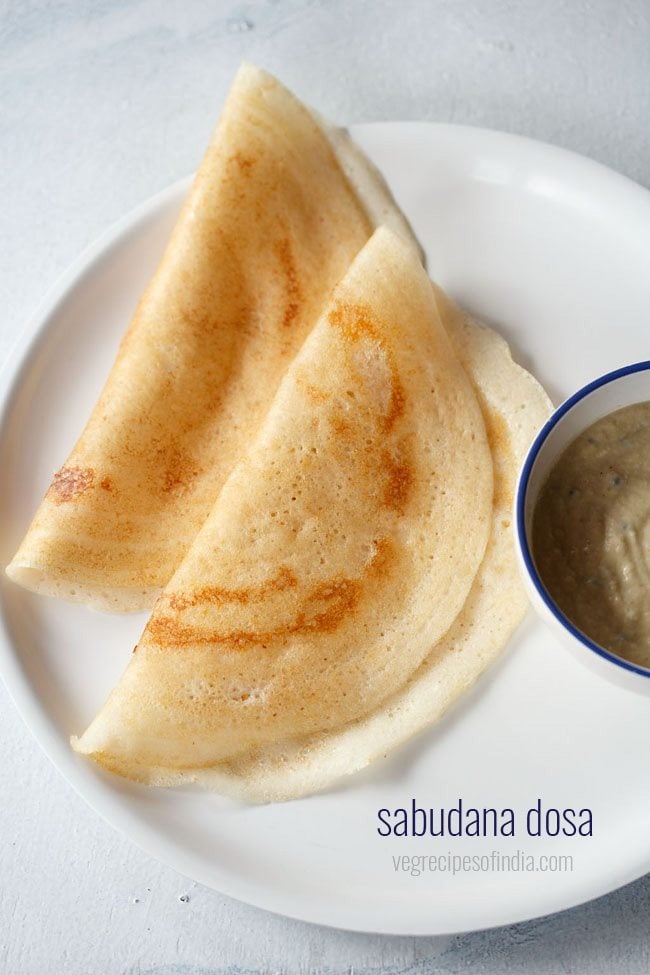
About Sabudana Dosa
I developed this recipe of Sabudana Dosa, only through hit and trial at home. I had started with trying a few recipes of sabudana idli and dosa, both of which failed at that time. So, I again came up with a recipe by differing the proportions. This time, it was a success.
Thus, I arrived at this nutritious and homely Sabudana Dosa recipe which gives nice and tasty dosa. But I would suggest not to try making idli with this batter as they will turn out to be slightly sticky and not that great for the palate.
Dosas made with this particular recipe have a faint sweet flavor due to the use of sabudana (sago pearls). I have also retained the traditional method of preparing dosa in my recipe, that is, ingredients are soaked first, then ground and finally fermented.
For this Sabudana Dosa, use sago pearls which are generally used to make sabudana khichdi or vada. Not the larger variety which is used to make the Sabudana Chivda. When it comes to making slightly thick or thin dosas, the choice is ultimately yours. Thick dosas will be soft throughout and thinner ones will be soft as well as crisp.
I once tried the Sago Dosa with the Cabbage Pachadi and it turned out to be a celebration of flavors for the taste buds! You can serve it with your regular coconut chutney and sambar.
Note that this recipe is not meant for the Hindu fasting days or for vrat. If you are looking for fasting recipes made with sabudana than do check Sabudana Khichdi, Sabudana Vada, Sabudana Kheer and Sabudana Tikki.
How to make Sabudana Dosa
Soak Ingredients
1. Take ½ cup sabudana, ¼ cup whole urad dal and 10 to 12 fenugreek seeds (methi seeds) in a bowl.
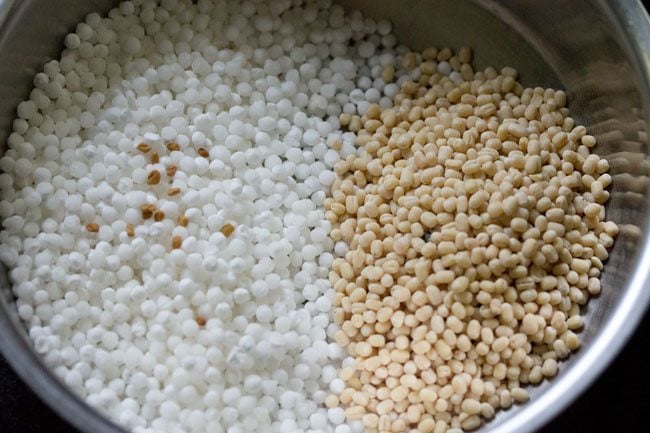
2. Rinse them a couple of times. Then, add 1.5 cups water. Cover with a lid and soak for 5 hours.
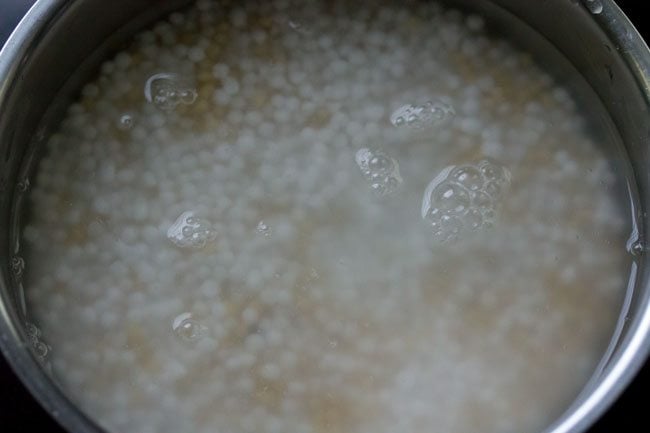
3. Take ½ cup idli rice in another bowl. You can also use sona masuri rice instead of idli rice.
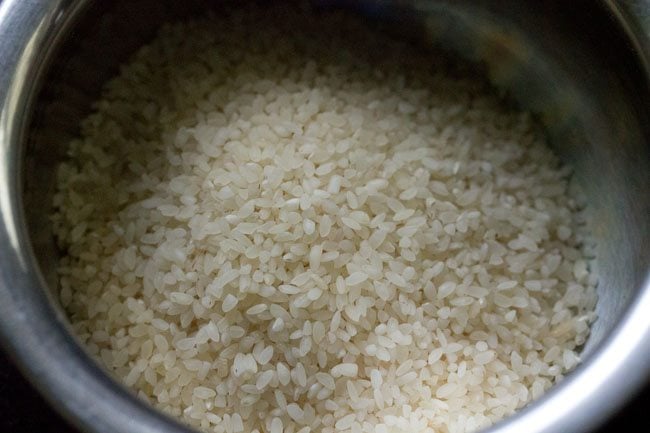
4. Rinse a couple of times. Add ¾ cup water and soak idli rice for 4 to 5 hours.
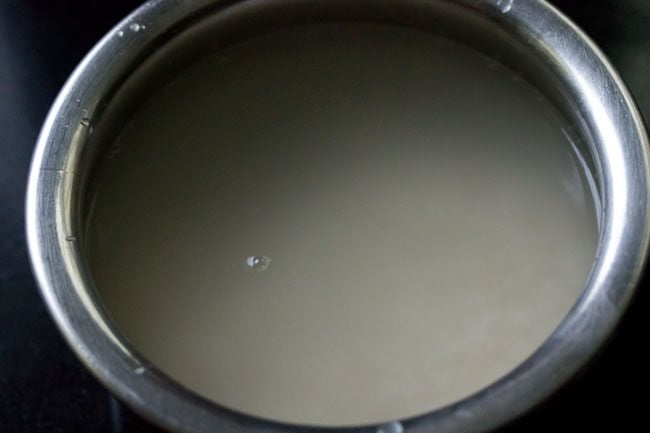
Grind and Ferment Batter
5. Before grinding, drain away all the water from the sabudana, urad dal and methi seeds. Add them in a grinder jar. Also, add ½ cup fresh water.
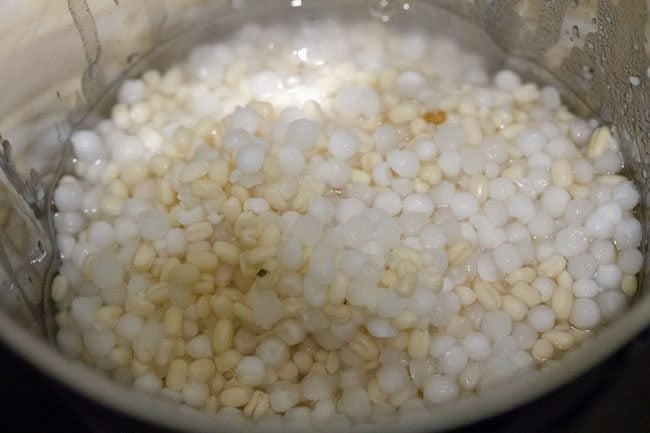
6. Begin to grind. Once the dal and sabudana are lightly crushed, add ¼ cup more water. Grind to a smooth batter. A few whole pieces of sabudana are fine, but there should not be too many.
The batter should be light and smooth. It is better to grind the sabudana and dal in 2 batches. Depending on the quality of urad dal and sabudana, you can add an overall of ⅔ to ¾ cup water while grinding.
Pour the batter in a pan or bowl.
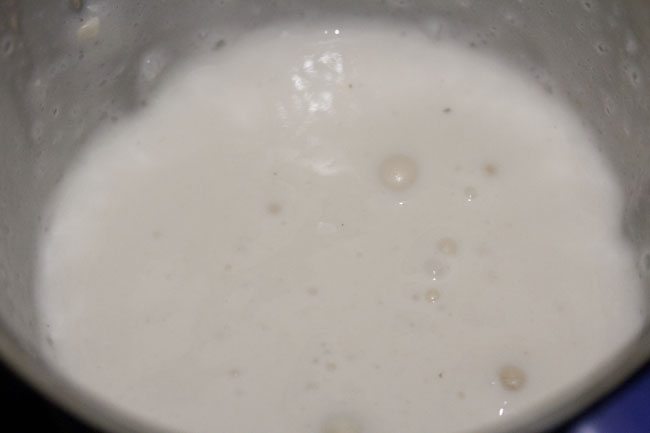
7. In the same grinder jar, add the idli rice. Drain off all the water from the idli rice and then add. Also, add ¼ cup fresh water.
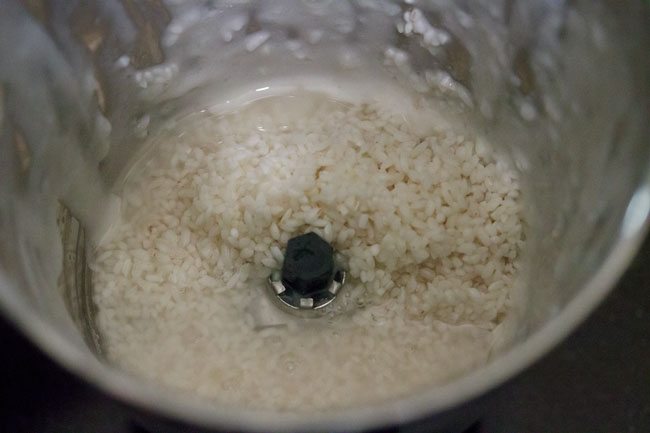
8. Grind idli rice till you get a fine rava like consistency in the batter.
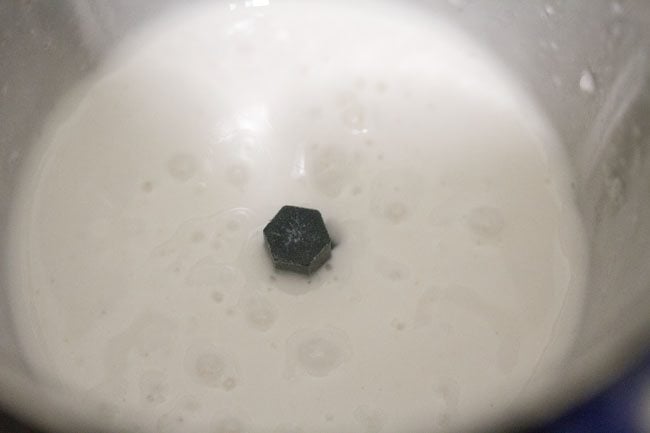
9. Now, pour the idli rice batter in the same bowl or pan which has the sabudana batter. Mix very well.
Add ¼ to ½ teaspoon rock salt. Add salt as required. Mix very well. Cover with a lid and let the batter ferment for 8 to 9 hours or more.
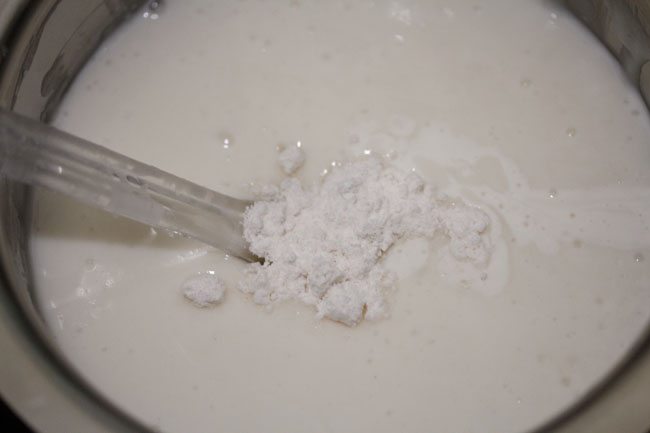
10. Depending on the temperature conditions in your city, you can keep for less or more time. As its rains here often and is cool all the time, the batter took around 15 hours to ferment.
The below picture shows the batter consistency the next day. It should have a faint sour aroma with tiny air pockets in it. Just lightly mix or stir the batter before you begin making dosa.
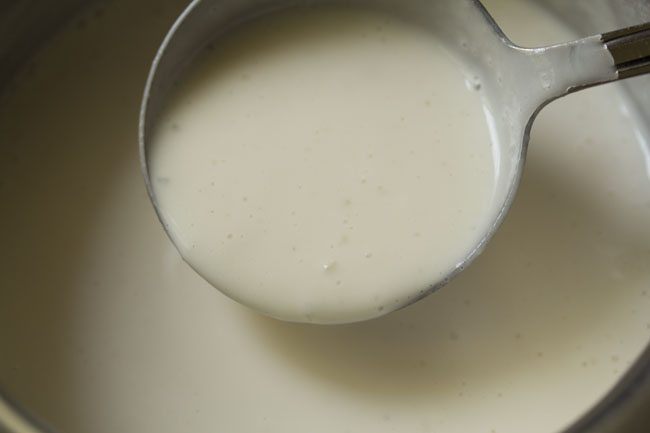
Make Sabudana Dosa
11. Heat a well seasoned cast iron griddle or nonstick pan. The pan should be medium hot. You can keep the heat to low or medium while making dosas. Pour a ladle of the batter in the center.
If using an iron pan, then spread ¼ to ½ teaspoon oil all over the pan. Use a silicon brush, spoon, kitchen towel or an onion halve to spread the oil.
Do not spread oil on a non stick pan. Keep the heat on low to low-medium, so that you are easily able to spread the batter.
If the pan base is very thick, then keep the heat to medium. If the pan is very hot, you won’t be able to spread the batter in a round circle.
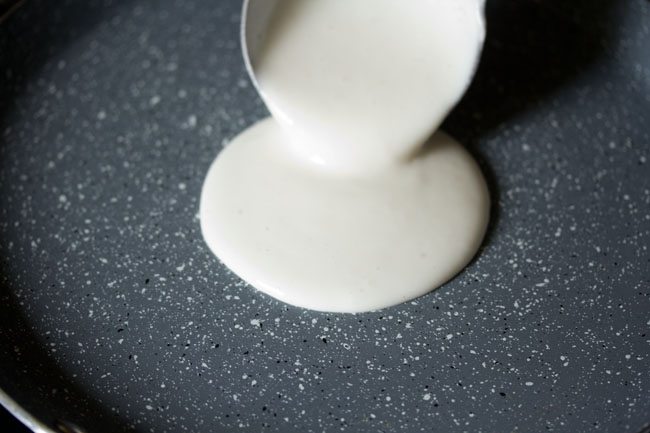
14. With the ladle, gently spread the batter to a neat round circle and a slightly thick dosa. You can even make thin dosa if you want.
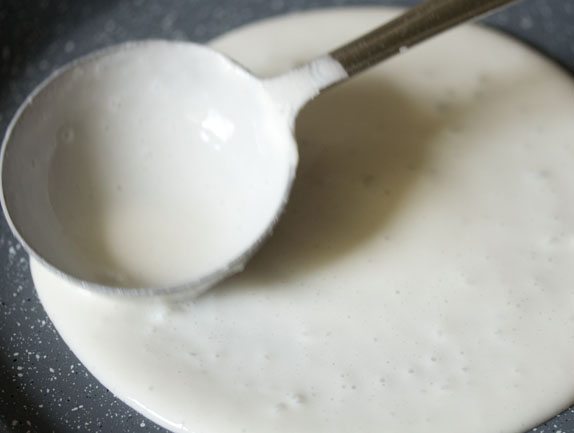
15. Sago Dosa takes a longer time to cook than regular dosa. Cook the dosas on low to medium heat.
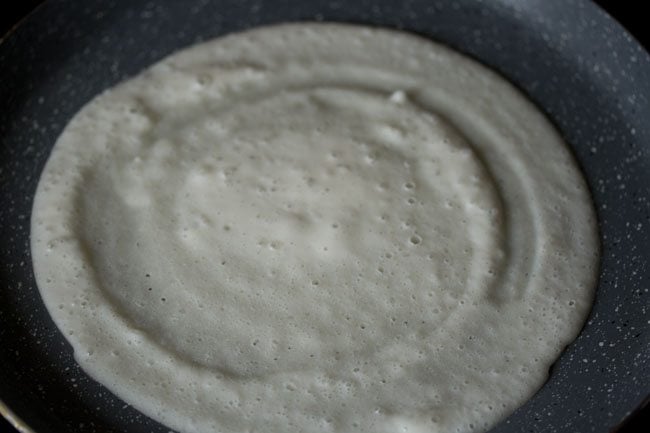
16. Cover the dosa with a lid and cook for some minutes.
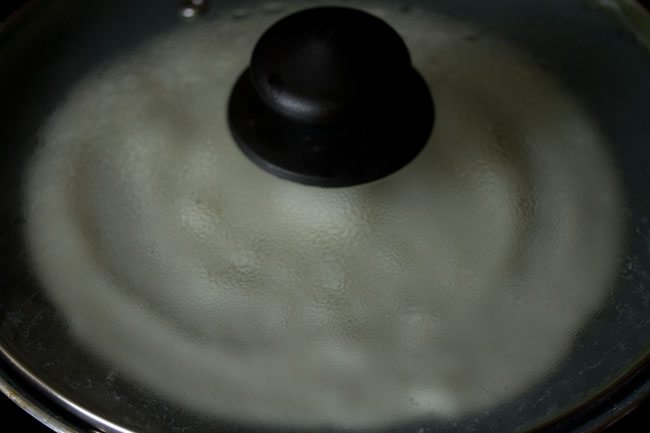
17. When the top looks cooked, you can spread some oil on it. You need to cook the dosa on one side only.
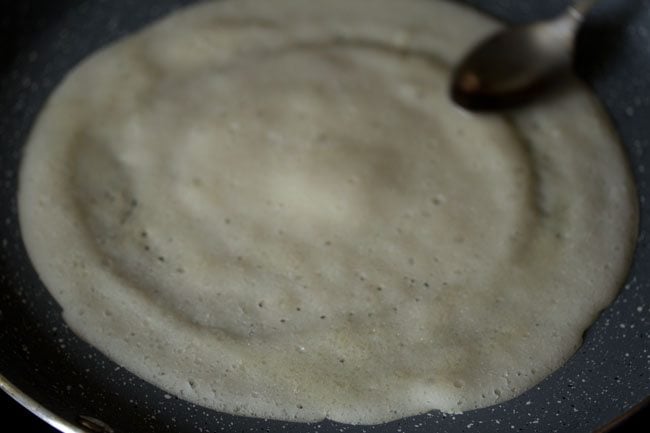
18. Cook till the base turns golden.
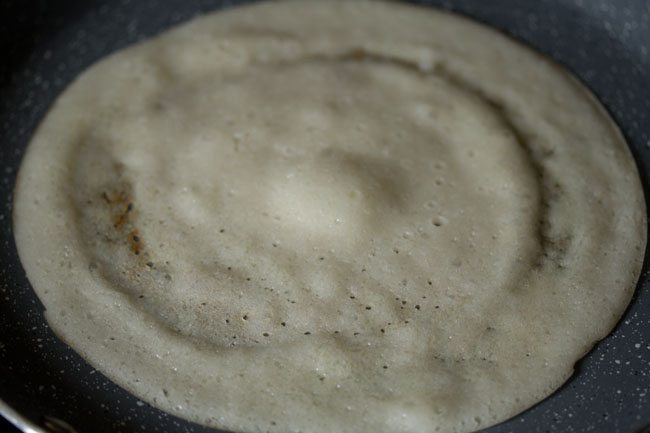
19. When the base has turned golden, remove and serve the Sabudana Dosa. Prepare more dosa from the batter this way. The leftover batter can be refrigerated.
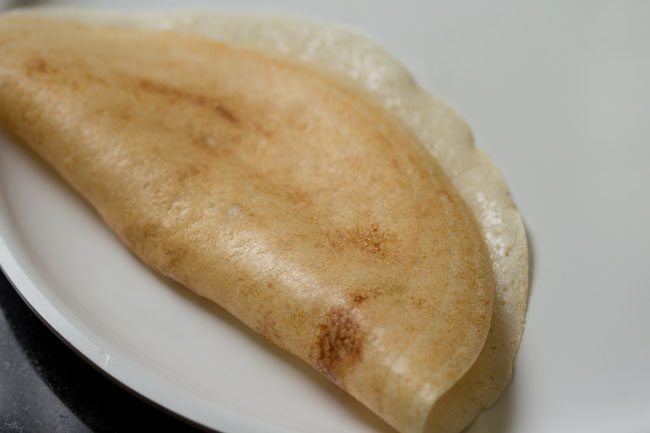
20. Serve Sabudana Dosa hot or warm with Coconut Chutney, Kara Chutney, Tomato Chutney or Peanut Chutney.
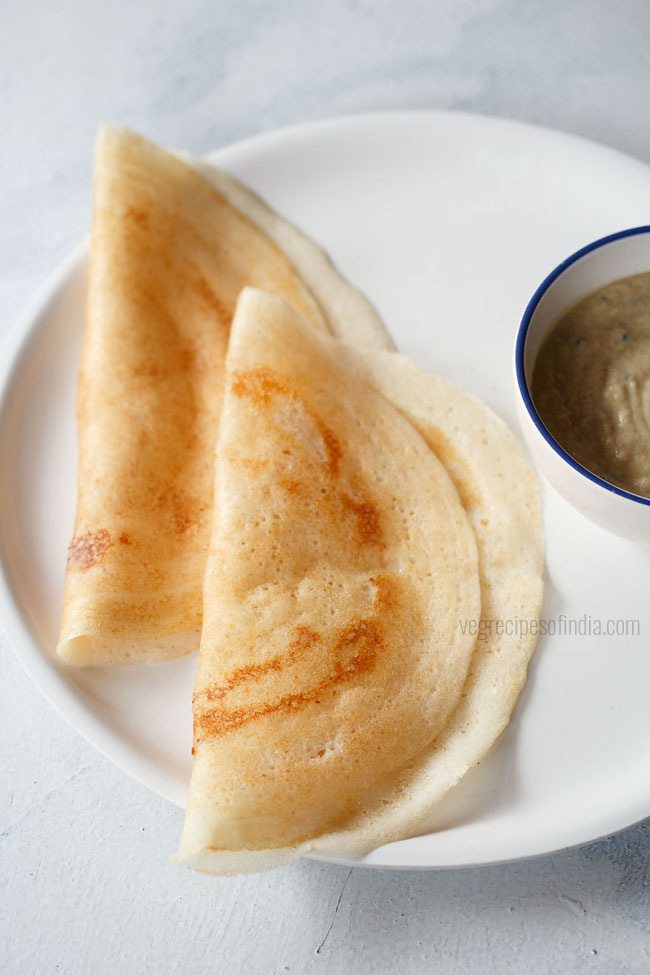
Expert Tips
- The time taken by the batter to ferment properly will depend on the temperature/weather conditions of your city. Cooler and rainier places will take more time as compared to hotter and warmer places. A batter with slightly sour aroma and tiny air pockets is a sign of a well fermented batter.
- You have to grind the ingredients to a smooth and light batter. A few whole pieces of sabudana in the batter is ok, but there shouldn’t be many. A safer option is to grind in batches.
- As compared to regular dosa, Sabudana Dosa takes longer time to cook. So, cook on low to medium heat.
- You can use a well seasoned cast iron pan or non-stick pan to cook these dosas. If using an iron pan, spread oil all over the pan using a silicon brush, spoon, an onion half or kitchen towel. This is not required if using a non-stick pan.
- If using a pan with a thick base, keep it on medium heat. You will not be able to spread the batter in a round circle if the pan’s on very high heat.
- In case you have leftover dosa batter, refrigerate it for 1 to 2 days and use later.
More Dosa Recipes To Try!
Karnataka Recipes
Breakfast Recipes
Snacks Recipes
Breakfast Recipes
Please be sure to rate the recipe in the recipe card or leave a comment below if you have made it. For more vegetarian inspirations, Sign Up for my emails or follow me on Instagram, Youtube, Facebook, Pinterest or Twitter.
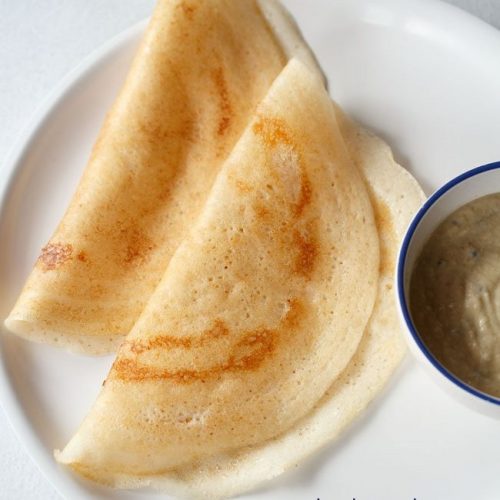
Sabudana Dosa | Sago Dosa
Ingredients
For soaking
- ½ cup sabudana (sago or tapioca pearls)
- ½ cup idli rice or parboiled rice or sona masuri rice
- ¼ cup urad dal (husked whole or split black gram)
- 10 to 12 fenugreek seeds (methi seeds)
- 1.5 cups water – for soaking sabudana and urad dal
- ¾ cup water – for soaking idli rice
For grinding
- ¼ cup water – for grinding rice
- ⅔ to ¾ cup water – for grinding urad dal, sabudana and fenugreek seeds
Other ingredients
- ¼ to ½ teaspoon rock salt (edible and food grade) or add as required or regular salt or Himalayan pink salt
- oil – as needed for cooking dosa
Instructions
Soaking ingredients
- Take sabudana, urad dal and fenugreek seeds in a bowl.
- Rinse them a couple of times. Add 1.5 cups water. Cover with a lid and soak for 5 hours.
- Take idli rice in another bowl. Rinse a couple of times. Add ¾ cup water and soak the rice for 4 to 5 hours.
Grinding and fermenting batter
- Before grinding, drain away all the water from the sabudana, urad dal and fenugreek seeds.
- Add them in a grinder jar. Also add ½ cup fresh water.
- Begin to grind. Once the dal and sabudana are lightly crushed, then add ¼ cup more water. Grind to a smooth batter. A few whole pieces of sabudana are fine, but there should not be too many. The batter should be light and smooth.
- Its better to grind the sabudana and dal in two batches. Depending on the quality of urad dal and sabudana, you can add an overall ⅔ to ¾ cup water for grinding.
- Pour the batter in a pan or bowl.
- In the same grinder add the rice. Drain off all the water from the rice and then add. Also add ¼ cup water.
- Grind rice till you get a fine rava like consistency in the rice batter.
- Now pour the rice batter in the same bowl or pan which has the urad dal + sabudana batter. Mix very well.
- Add ¼ to ½ teaspoon edible rock salt. Add salt as required. Mix very well. Cover with a lid and let the batter ferment for 8 to 9 hours or more.
- Depending on the temperature conditions in your city you can keep for less or more time.The batter after being fermented should have a faint sour aroma with tiny air pockets in it. Just lightly mix or stir the batter before making dosa.
Making sabudana dosa
- Now heat a well seasoned cast iron skillet or nonstick pan. The pan should be medium hot. You can keep the flame to a low or medium while making sabudana dosa.
- If using an iron skillet, then spread ¼ to ½ teaspoon oil all over the pan. Use a silicon brush or spoon or kitchen towel or an onion halve to spread the oil. Do not spread oil on a nonstick pan. Do keep the heat to a low or medium-low, so that you are easily able to spread the batter.
- If the pan base is very thick, then keep the flame to medium. If the pan is very hot, you won’t be able to spread the batter in a round circle.
- Pour a ladle of the batter in the center.
- With the ladle gently spread the batter to a neat round circle and a slightly thick dosa. You can even make thin dosa if you prefer.
- Sabudana dosa take a longer time to cook than regular dosa. Do cook the dosas on a low to medium heat.
- Cover the sabudana dosa with a lid and cook it for some minutes.
- When the top looks cooked, you can spread some oil on it. You need to cook these sabudana dosas on one side only.
- Cook till the base turn golden.
- When the base has turned golden, remove and serve sabudana dosa. The leftover batter can be refrigerated.
- Serve sabudana dosa hot or warm with coconut chutney, tomato chutney or peanut chutney.
Notes
- Ensure that the sabudana is soaked well enough and softens completely after soaking.
- You can make either thick or thin dosa according to your preferences.
- Remember to use a well seasoned cast iron pan so that the dosa does not stick to the pan.
- The fermentation time will vary with the temperature condition in your city. In a cold or cooler climate it will take more than 8 hours for the batter to ferment.
- This sabudana dosa recipe can be scaled easily to make for a smaller serving or larger serving.
Nutrition Info (Approximate Values)
This Sabudana Dosa recipe post from the archives first published in September 2016 has updated and republished on July 2022.
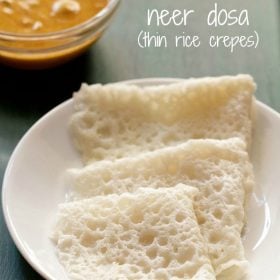
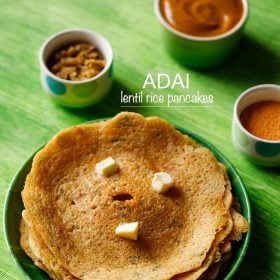
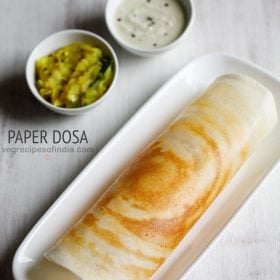
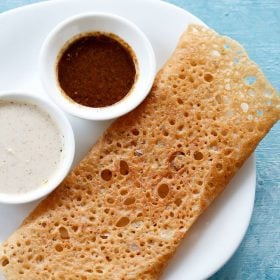



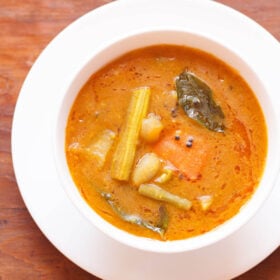








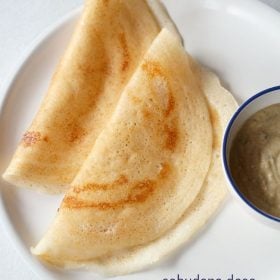
Hi, I made this, but my kids didn’t like the texture of it. They say it’s slimy from inside.. how do I fix it? What else can I do with left over batter? Thank you, I really appreciate your blogs..
this sabudana dosa recipe does not have a slimy texture. did you try the recipe exactly? was the batter thin? if the batter has become thin, then the dosa will be very soft but won’t have a slimy texture. some rice flour can be added to thicken the leftover batter. you can even make appe/appams with the batter. hope this helps.
Great Post..
Hello,
I’m a big fan of your work. Your recipes always work for me.
Please help me with these two questions:
1. My mom always says not to add salt before the dosa batter has fermented. She says if salt is added after grinding, it will not ferment. But here, you have added salt after grinding. So, which is the better way?
2. I used to refer to your Android app. It was really very convenient as it had a bookmarking option in the ‘favourite’ tab. But now, it is no longer active in the Google Play store. Have you deactivated it? If not, please tell me where I can download it in a workable version like it was earlier.
thanks shanta.
1. addition of salt should be added keeping in mind the temperature conditions. if its warm or hot, then add salt before fermenting. salt retards fermentation and so addition of salt in a hot climate helps the batter not to get over fermented. in a cold or cool climate, add salt before making dosa or idli.
2. we have deleted the app. unfortunately we were not able to manage the app. we used to get complaints everyday and the company we were using were also proactive in dealing with those complaints. the app had many issues.
Dear dassana…..dosa is very tasty….i add around. Five tablespoon of ragi powder to the batter…eagerly waiting for ragi mudde recipe…… N here the tawa which u used is it granite
thanks shubha. for ragi mudde i will take time as i have some videos and new recipes lined up till june. but i will try to add in a couple of months.
Ok dassana….n which tawa have u used here….n one more in ur Christmas fruit cake Kerala style…u have soaked dry fruits …my doubt is …whether it has to b kept in fridge directly or for one day v have to keep outside?…n later keep in fridge…bit confused
shubha, the tawa is wonderchef tawa. since the kerala style christmas fruit cake is made during winters and if you live in a cold city, its fine to soak dry fruits in it at room temperature for a day in the winter season. but in summers, keep in the fridge. in the winters also, if you have noted in the recipe, i have kept in the fridge as we do not get cold winters here.
Ok dear thank you very much….
welcome shubha
Nice receipy
Thanks Malathi
Awesome
Thanks Anu
what if we wanr to make dosa for only fasting what are substitute to rice and dal
rice and dal can be substituted with amaranth seeds, sama ke chawal (barnyard millet) and buckwheat groats. you can use them alone or in combination. just soak one of the grains that you will use separately and then grind to a fine batter. for reference you can check this recipe link – https://www.vegrecipesofindia.com/sama-ke-chawal-ki-idli-vrat-ki-idli/
if Sona masuri or idli rice or parboiled rice are not available then what we can use instead of them
another variety of rice that can be used is parmal rice. you can also use kolam rice. if you use brown rice, then even this can be added.
can we use rice flour??
you can use rice flour.
Appreciate your quick and prompt replies very much. A good dosa recipe. Thanks for sharing. Can we soak all three together.
welcome sudha. i would suggest only to soak sabudana and urad dal together, since sabudana takes a lot of time to grind. even after grinding very well, you can see a few half broken sabudana in the batter. if you have really good mixer-grinder, then you can soak all three together.